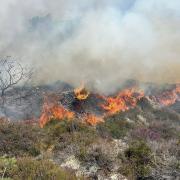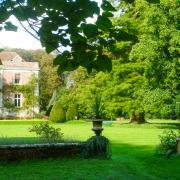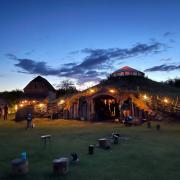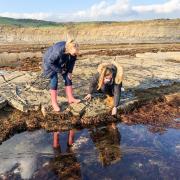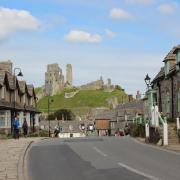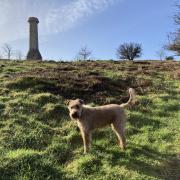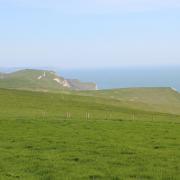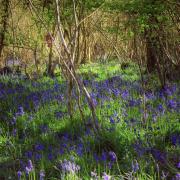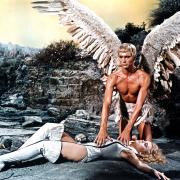The distinctive two note call of this bird traditionally heralds the arrival of spring and a cuckoo in the nest at RSPB Arne in Dorset
While I am lying on the grass,
Thy twofold shout I hear;
From hill to hill it seems to pass,
At once far off, and near.
To the Cuckoo, William Wordsworth (1770-1850)
When the poet William Wordsworth wrote these lines, he was describing one of our best-known bird calls, that of the cuckoo. If you are lucky, this month you might hear that famous ‘cuck-coo’ sound at RSPB Arne nature reserve, right here in Dorset. This long-distance traveller arrives back in the UK from late March after completing an incredible 9000-mile round trip to central Africa (where it overwinters). At RSPB Arne we have heathlands, woodlands, wild scrub and grassy places where wildlife can thrive - so it’s a great place to come and hear cuckoo this spring.

The call of the male cuckoo is said to herald the start of spring and that two-note sound can travel quite some distance. Although most people know what a cuckoo call is like, it's been imitated by cuckoo clockmakers and composers for centuries, few have heard one in the wild. In recent years their populations have declined so much in England that it is now a Red Listed bird of conservation concern. A glimmer of hope is that cuckoo numbers have increased in Scotland over the last 25 years. cuckoos mainly eat hairy caterpillars of moths and butterflies – insects that many other birds avoid. Research by the RSPB and partners has shown that the greatest decline in this food source is in the same farmland-dominated areas where cuckoo numbers have declined most, so there is a direct connection. However, cuckoos tend to persist in areas with wild scrub and grassland – the habitats still providing the most food.

Rather like the elusive but noisy bittern that we looked at last month, Cuckoos are also secretive birds. They hide in the leafy cover of open woodland, upland heathland or reedbeds. They tend to avoid built up areas. You are more likely to hear a cuckoo than see it, but if you do spot one you will see a bird with dull coloured plumage that looks like a cross between a dove and a sparrowhawk. I have heard it described as a bird that looks like it got dressed in the dark with its mismatched grey head and chest, then white and brown stripy underparts.
Smaller birds can be spooked by the cuckoo’s likeness to a small bird of prey in flight, and this plays to their advantage. As the birds leave their nests in panic, the wily female cuckoo swoops in and quickly deposit her single egg in the nest, ejecting one of the original eggs. Cuckoos lay in nests that belong to the same species as those that reared them and, in the UK reed warblers, meadow pipits or dunnocks are the most common hosts. Cuckoo eggs hatch 12 days after laying.

Instinctively, the newly hatched chick proceeds to evict any remaining eggs or chicks, claiming the entire nest and feeding parents for itself. 19 days later, the chick leaves the nest but continues to demand food for a further two weeks from the increasingly exhausted foster parents, which look tiny in comparison to their large chick. They work incredibly hard to satisfy its hungry demands.
Leaving their young being well looked after by the host bird, the adult cuckoos parenting role is over. Most leave for their return journey to Africa during June, the young birds hatched this year following on a little later.
Find out more or Hire a Guide for an exclusive tour tailored to your interests at rspb.org.uk/arne. Follow us on social media @RSPBArne




